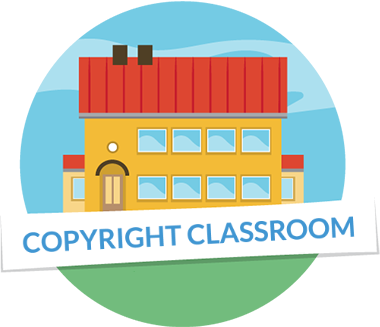Film project (when the video is made available on the internet)
- FILMING AND TAKING PHOTOGRAPHS
You are allowed to film and take photographs in public places, unless the owner of the location has prohibited it.
When filming or photographing people, you should ask for their permission for filming/photography and publication of the video/photo.
- ADDING MUSIC
To add music to a video, you need permission from the copyright holders of the music – for both composition and recorded performance.
You usually do not need permission to use music if you are publishing a video as an individual on platforms like YouTube, Facebook, Instagram, or TikTok when your content is non-commercial, as many record labels have agreements with these platforms.
You can also create the music yourself or use music that is legally available online and whose creators have allowed its use through a CC (Creative Commons) licence or other open licence. Read the terms of use carefully.
- USE OF IMAGES IN A VIDEO
In a video, you can add images that you have taken or created yourself.
You can use images created by others if:
a) You have permission from the creator.
b) Permission has been granted with a CC licence.
c) The protection period for the images has expired.
d) It is a photograph of an artwork whose protection period has already expired.
- USE OF MOVING IMAGES IN YOUR OWN VIDEO
You need permission to use a video, or a part of one, in your own work. You can obtain permission from the creator or copyright holder (e.g., the producer). Permission may also have been granted through a CC licence or other open licence. Read the terms of use carefully.
Remember to credit the creators of the video as well as the creators of the films, images, and music you have used.

